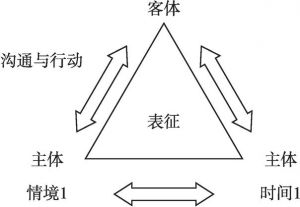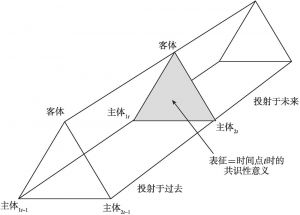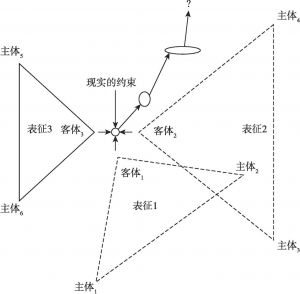章节
将社会表征带入中国语境
摘要
本文以对社会表征经典研究的介绍为引,详细评述了社会表征论诞生的历史与学术背景,及其在北美个体主义心理学霸权统治下的理论与方法论突破。本文梳理了当代社会表征的三种主要研究路径,即结构路径、过程路径和功能主义路径,继而评述了社会表征研究者面对批评意见的理论发展。文章最后展示了社会表征视角对当代中国研究的特殊意义,提出两个深具潜力的应用方向,并阐述了社会表征论的崛起对于中国社会科学创新的启示。
作者
检索正文关键字
章节目录
- 一 引言:无处不在的表征
- 二 莫斯科维奇的典范研究
-
三 挑战社会心理学的个体主义传统
- (一)社会发生
- 1.“集体表征”的启示
- 2.对话性发生模型
- (二)社会变迁
- 1.霸权表征、解放性表征和争议性表征
- 2.三角巧克力模型与不规则风向模型
- (一)社会发生
-
四 突破还原主义的研究路径
- (一)方法论重构
- 1.解构价值中立观
- 2.拓展方法工具箱
- (二)三条主要研究路径
- 1.结构研究路径
- 2.过程研究路径
- 3.功能主义路径
- (一)方法论重构
-
五 对社会表征路径的批评与回应
- (一)批评:理论与经验研究的张力
- (二)回应:迈向综合研究路径
- 六 将社会表征路径带入中国语境
-
七 两个可能的应用方向
- (一)社会治理
- (二)社区建设
- 八 结语:社会表征论的学科创新启示
相关文献
查看更多>>>




